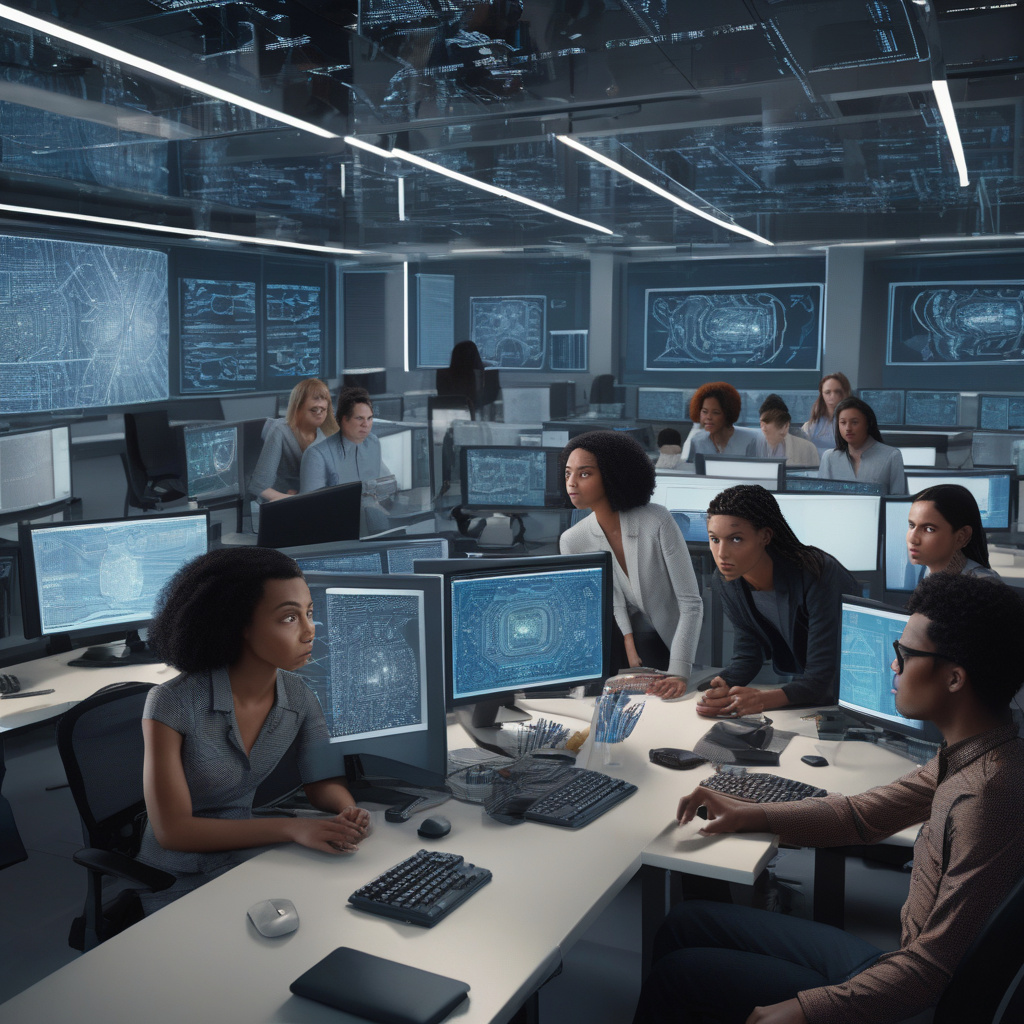In a world where artificial intelligence (AI) is becoming more integrated into our daily lives, it’s no surprise that AI models are now being utilized to assist with programming tasks. Leading AI labs such as OpenAI and Anthropic are at the forefront of this technological shift, aiming to streamline software development processes and enhance efficiency.
However, a recent study by Microsoft has shed light on a significant challenge that AI models still face: debugging software. Despite the advancements made in AI technology, these models are struggling when it comes to identifying and fixing errors in code. This revelation raises important questions about the limitations of current AI capabilities in the realm of software development.
Google CEO Sundar Pichai’s revelation that 25% of new code at the company is generated by AI underscores the increasing reliance on AI in programming. Similarly, Meta CEO Mark Zuckerberg’s goal of deploying AI coding models on a wide scale within the social media giant highlights the industry’s push towards automation and efficiency in software development.
While AI models have shown promise in automating certain aspects of coding, such as generating code snippets or predicting the next line of code, the task of debugging remains a complex challenge. Identifying bugs, tracing their origins, and resolving them require a deep understanding of the codebase and its interactions, which AI models currently struggle to replicate.
One of the key reasons behind AI models’ difficulty in debugging software is the inherent complexity of code and the diverse ways in which bugs can manifest. Software bugs can stem from a variety of sources, including logical errors, syntax mistakes, or unexpected interactions between different components of a program. Addressing these issues often requires human intuition, experience, and problem-solving skills—qualities that AI models have yet to fully emulate.
Moreover, debugging is not just about fixing errors in isolation; it also involves understanding the broader context of the code, its intended functionality, and potential implications of changes. Human developers excel at this holistic approach to debugging, leveraging their expertise to navigate intricate codebases and make informed decisions.
As AI continues to evolve and mature, addressing the challenges of debugging software will be crucial for its widespread adoption in programming tasks. Researchers and developers are actively exploring ways to enhance AI models’ debugging capabilities, such as incorporating more advanced reasoning mechanisms, improving code understanding algorithms, and leveraging large-scale datasets for training.
Despite the current limitations, the potential of AI in software development remains immense. By harnessing the power of AI to automate routine tasks, assist developers in writing code, and enhance productivity, the industry stands to benefit from increased efficiency and innovation. As AI models continue to advance, overcoming the obstacle of debugging will be a key milestone in realizing the full potential of AI in programming.
In conclusion, while AI models have made significant strides in assisting with programming tasks, the challenge of debugging software remains a formidable hurdle. By acknowledging the current limitations and actively working towards enhancing AI models’ debugging capabilities, the industry can pave the way for a future where AI plays a central role in software development. As we navigate this evolving landscape, collaboration between human developers and AI systems will be essential in driving progress and innovation in the field of programming.

